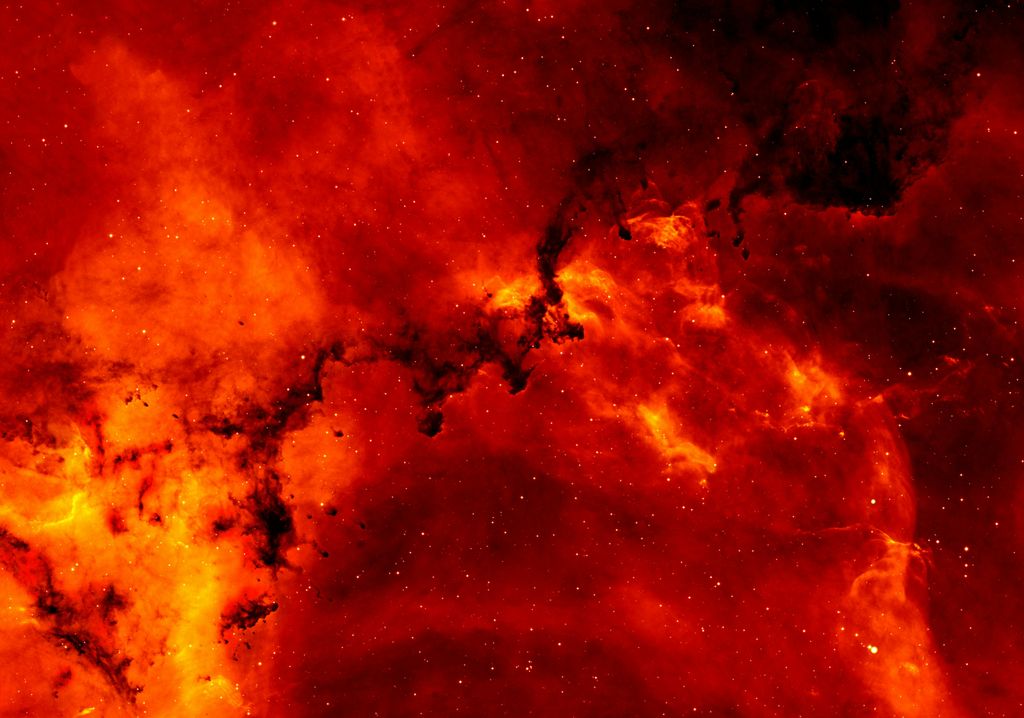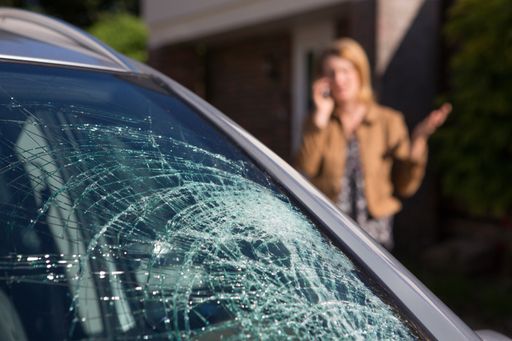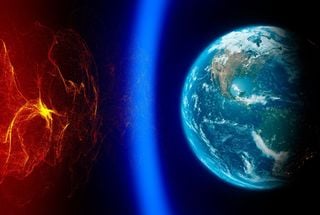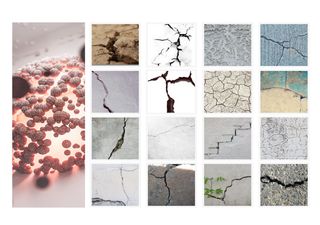NASA Plans to Enhance Space Radiation Prediction, Boosting Astronaut Safety and Mission Planning Accuracy
NASA is advancing the prediction of space radiation, a major threat to astronaut health and space instruments, enhancing safety and mission planning with cutting-edge technology.

NASA is revolutionizing space radiation prediction to protect astronauts and critical space instruments from severe solar energized particle events (SEPs). These threats, intensified by coronal mass ejections (CMEs) or solar flares, pose significant risks beyond Earth's protective magnetosphere.
The Space Radiation Analysis Group (SRAG) at Johnson Space Center, in collaboration with NOAA's Space Weather Prediction Center (SWPC), leverages cutting-edge observational technology to enhance mission safety and success.
Safeguarding astronauts and instruments from solar radiation
In deep space, solar energized particle events (SEPs), triggered by CMEs, pose a significant threat to astronauts and space instruments. Dr. Lulu Zhao, a research scientist in the Climate and Space Sciences and Engineering (CLaSP) Department at the University of Michigan, warns of the potential genetic damage and instrument malfunction caused by these high-energy particles, underscoring the critical need for protective measures.
NASA's SRAG plays a crucial role in monitoring real-time data streams for electron, proton, or x-ray flux, aiding in the identification of hazardous conditions for both human and instrument safety. Dosimeters on spacecraft provide additional insights, informing decisions about mission activities during heightened radiation levels.
Other protective measures involve powering down instruments to safe mode and postponing extravehicular activities (EVAs) during radiation spikes.
Astronauts in space dont have as much shielding, so they are at greater risk. Energetic solar particles can expose them to dangerous radiation. NASA has emergency procedures for astronauts to take cover during solar storms. pic.twitter.com/h8x1YZPQ3b
— NASA Sun & Space (@NASASun) May 14, 2024
Dr. Michelangelo Romano, deputy director of NASA’s Moon to Mars (M2M) Space Weather Analysis Office, emphasizes the crucial support provided by SRAG for both the International Space Station and Artemis missions.
Romano explains that the primary defense against radiation in space is shielding with mass. In scenarios like those on the International Space Station, astronauts might seek refuge in heavily protected areas of the spacecraft. Similarly, for missions like Artemis II, the crew could retreat to the fortified storm shelter within the Orion capsule until hazardous radiation subsides, ensuring their safety
Clearing the way: Advancing space radiation forecasting
Despite progress, space radiation prediction remains probabilistic due to imperfect understanding of the relationship between CMEs and SEP events. Nowcasting SEPs provides limited time for mitigation, prompting the need for predictive capacity, which the CLEAR Center aims to develop.
Zhao, leading the CLEAR Center, emphasizes integrating multiple SEP models to offer comprehensive predictions. Leveraging machine learning, the center monitors the sun's magnetic fields to anticipate solar eruptions, aiming for better lead times crucial for astronaut safety.
The CLEAR Center aspires to deliver SEP forecasting akin to a smartphone weather app for space missions. With a five-year, US$10m NASA grant, Zhao's team pioneers physics-informed machine learning, using historic data to validate and fine-tune predictive models for real-time application.
Together, these efforts mark a significant leap toward safeguarding future space exploration endeavors.
News reference:
Roper, J. “EXCLUSIVE FEATURE: How is NASA improving the prediction of space radiation?”https://www.meteorologicaltechnologyinternational.com/features/exclusive-feature-how-is-nasa-improving-the-prediction-of-space-radiation.html








